As an engine gets older, components can start to wear out and strange noises can appear, some more serious than others. One of the most serious is related to the wear of the piston rods, and it is commonly referred to as rod knock.
What is rod knock? Rod knock is the banging noise that is created by the crankshaft as it rotates within an engine rod that has worn out or loose rod bearings (also called crankshaft bearings).
Rod knock noises usually get louder as the engine revs higher. If not caught on time, rod knock can be expensive to fix and in a worst case scenario, can write off an engine.
What Is Engine Rod Knock?
The most common cause of rod knock is lack of adequate engine lubrication. This can be caused by not having enough engine oil, using the wrong engine oil or by not changing the engine oil regularly.
It’s actually rare for rod knock to occur on properly serviced vehicles, that are maintained regularly on schedule, even if they have high mileage.
Rod knock is a noise that is generated because of worn crankshaft connecting rod bearings. The connecting rod, that connects the moving piston to the crankshaft, is separated from the crankshaft by two thin bearings, the upper and lower connecting rod bearings.
These bearings wrap around the crankshaft, protecting it from the rod bearing end. The bearings facilitate a frictionless rotation of the crankshaft within the connecting rod end by keeping the surfaces lubricated with oil. The gap between the bearings and the rotating crankshaft is manufactured to a specific tolerance, that allows a thin film of oil to cover the bearing surface so that it does not directly touch the crankshaft surface as it rotates.
If the connecting rod bearings are not kept lubricated with fresh oil, or if the engine is run hard over its lifetime, then they will wear down enough that the film of oil no longer keeps them lubricated and they now touch against the crankshaft as it rotates.
The actual rod knock noise is caused by the rod bearing and the crankshaft rubbing against one another. If left unfixed, the noise can also be caused by the rod end rubbing against the crankshaft as it rotates because the bearing has worn away, broken or has moved out of its location.
What causes Rod knock?
As outlined above, rod knock is caused by the wearing away of the connecting rod bearings and the resulting noise is the crankshaft rubbing against the damaged bearings of the connecting rod.
But what causes the rod bearings to become worn or damaged in the first place?
1. Lack of Lubrication
The number one reason why engine components wear out prematurely is because of inadequate lubrication. This can be caused by letting the engine oil level drop too low or by not changing the engine oil regularly.
The crankshaft, connecting rods and bearings are manufactured to minute tolerances and must operate in cramped conditions under high pressures and temperatures without actually touching each other.
The connecting rod bearings are kept lubricated by a thin film of oil that is fed from a lubrication hole in the crankshaft. If the viscosity of the oil is not correct, this will affect the amount of oil available for lubrication and how well it actually lubricates the bearings.
The viscosity of the oil is determined by engine temperature, the age of the oil and the viscosity of the oil when new. This is why it is very important to choose the correct oil for your engine as recommended by the manufacturer and to change it before it looses its lubricating properties.
2.Driving the engine too hard or in the wrong gear
Another cause of engine rod knock is engine abuse. This can lead to damage and wear of the rod cap that in turn increases the gaps between the rod and the bearings.
How to identify rod knock
Rod knock can be described as a low pitched knocking sound which can be heard low in the engine. It will increase in frequency as the engine speeds up, but can usually be heard at any engine speed.
If you hear a knocking sound that seems to disappear after the engine warms up, it’s probably not a rod knock.Instead, it may be something as innocuous as a leaking exhaust gasket.
If you believe you can hear rod knock, you should seek a second opinion from a trusted mechanic. A rod knock is an expensive fix, so you need to make sure of what it is prior to diving in head first.
How to check for rod knock
It’s not easy to correctly diagnose rod knock, as it involves stripping down the engine to get access to the rods and rod bearings.
The easiest way to get to the rods where they attach to the crankshaft is by gaining access from underneath the engine. It’s usually possible to see the bottom of the rods by removing the oil pan from the underneath of the engine.
Many vehicles have an oil pan that is bolted onto the engine, as opposed to being part of the engine block. The oil collects here when the engine is not running, and it has a sump plug that can be removed to drain the oil from the engine.
It’s not always possible to remove the oil pan (oil sump) easily. Modern cars usually have engine covers, suspension parts and a chassis subframe blocking access to the oil sump retaining bolts. You may find that it’s actually easier to remove the top of the engine to get to the pistons and rods.
If you can remove the oil sump easily, then this is the best method of verifying rod knock.
Every vehicle is different, so the exact procedure for removing the oil sump will differ between vehicles. Reference a service manual for the exact procedure.
Here are a few tips to help you to successfully identify damage to the rod bearings.
1. Take care when lowering the oil pan away from the vehicle. It may contain parts of the rod bearings if they have broken and this can be a helpful indicator as to what is going on. You may also see copper flakes in the oil pan. Rod bearings are often coated in copper and if they are wearing, the copper will accumulate in the oil pan.
2. If there are no obvious of signs of rod wear, then you will need to inspect the rods more closely. Check each rod for excessive wear or movement by rotating the engine with one hand while holding each of the rods in turn.
3.Even if the rods feel solid it’s a good idea to inspect the rod bearings by removing them from the engine. To do this, you’ll need to remove the rod caps. The rod bearings should be perfectly smooth with no wear markings
4. With the rod caps removed, check the condition of the connecting rod journals on the crankshaft. This is the part of the crankshaft that rotates inside the rod bearing. If there are signs of wear or damage then the crankshaft will have to be removed to be repaired.
How to repair rod knock
Repairing rod knock is not an easy job.
It involves stripping down the entire engine, and removing all of the rods and crankshaft from the engine. This can only be done with the engine out of the vehicle, and requires the use of some special tools and a certain level of expertise.
Depending on the level of damage that has occurred, the crankshaft may be saved if the rod journals have not been damaged. In this case it may be possible to just replace the rod bearings and rod caps. This may be possible without removing the engine.
If the crankshaft rod journals have been damaged, then the crankshaft will need to be replaced.
There are some repair shops that will attempt to regrind and re-plate the crankshaft journals, but this is a very difficult task and must be carried out to exact tolerances.
In many cases it may be easier to replace the entire engine with one from a donor vehicle. Replacing the entire engine involves less labor and you may be able to do it yourself with the right tools.
Sometimes using a heavier engine oil will help to mitigate some of the effects of rod knock. The higher viscosity oil can help to lubricate the damaged rod bearings and tighten any gaps that have arisen because of wear. It’s not a long term solution, but it may help to keep a vehicle on the road for another few thousand miles.
How much does it cost to repair rod knock?
In most cases, the cost of repairing rod knock will range from $2000 to $4000, depending on the vehicle model and the level of damage to the engine.



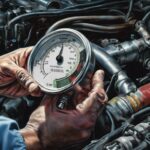
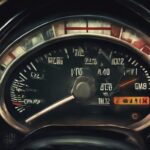
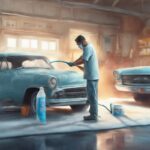

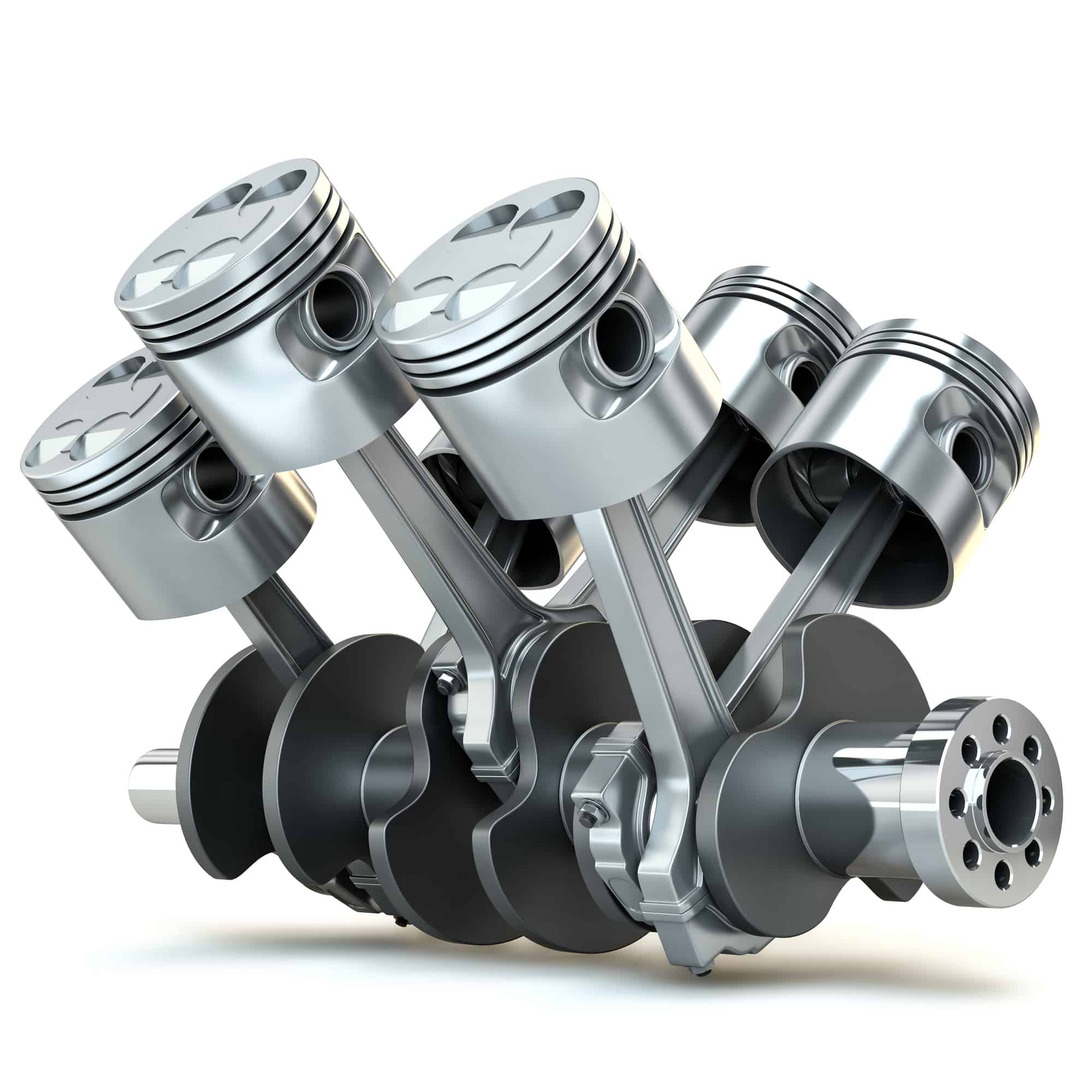

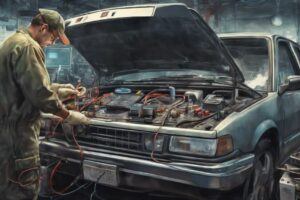
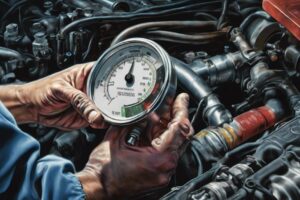
I’ve been hearing a knocking sound from my car’s engine and I’m concerned it might be rod knock based on my brief research. If I’ve been regularly servicing my vehicle and ensuring the oil levels are appropriate, could there still be another reason behind such a noise that I might be overlooking?
How can I tell if the knocking sound in my engine is actually rod knock or something else?